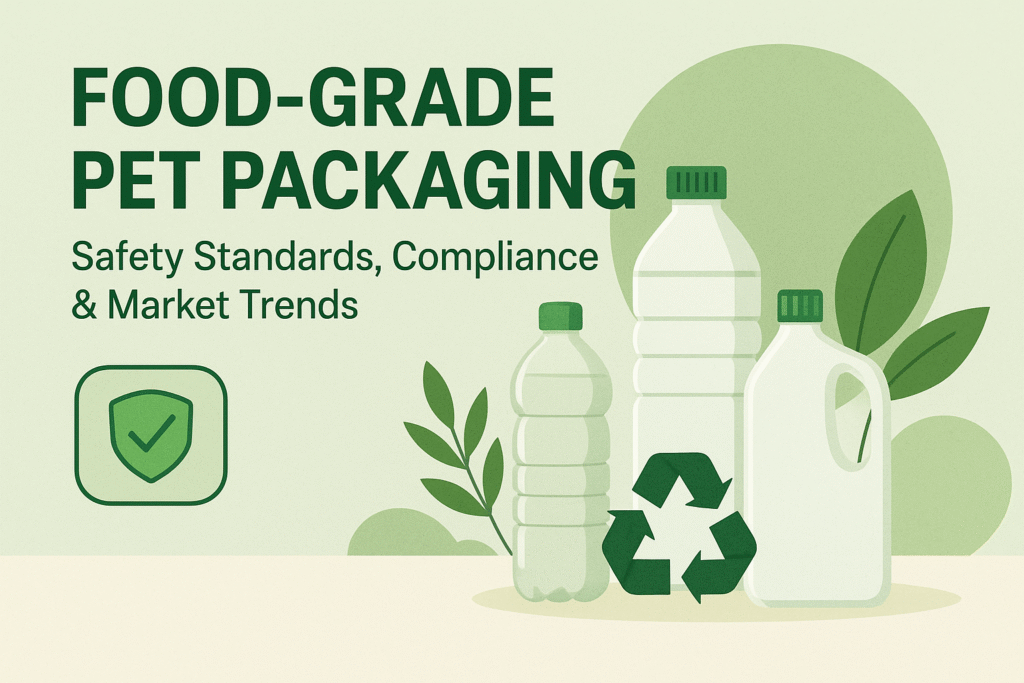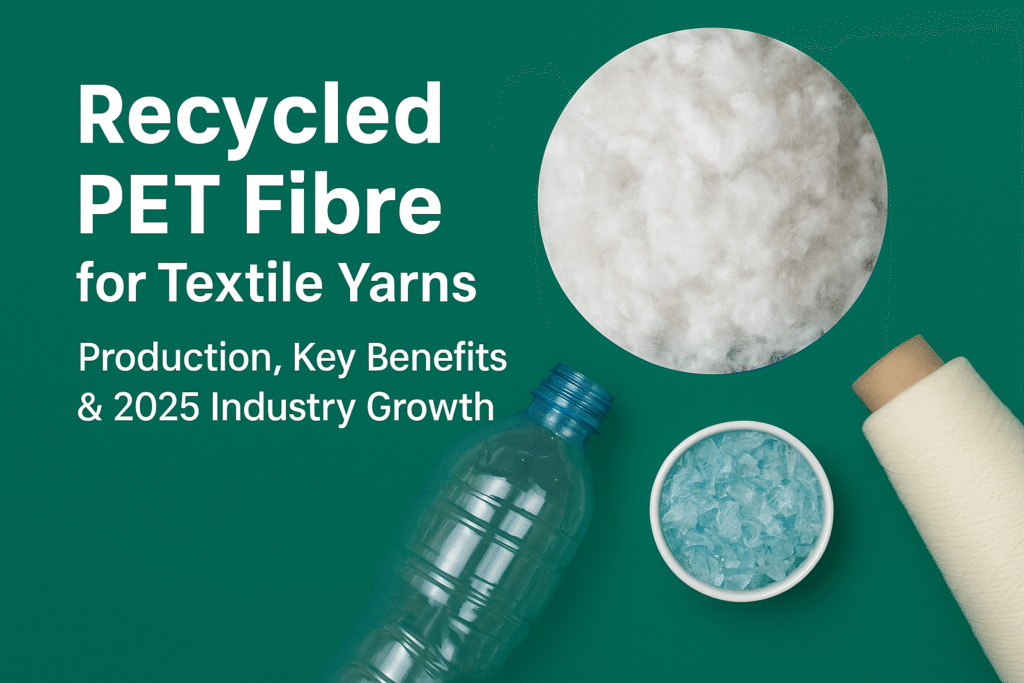PET (Polyethylene Terephthalate) packaging is now one of the most trusted materials. It is used in the packaging of beverages, food storage, and other consumer items. From containers of edible oil to bottling water and ready-to-eat food packs, PET is still the most used packaging material worldwide. The pivot to sustainable materials and recycling systems has also increased the adoption of food-grade rPET (recycled PET) and has become the most used packaging material by brands in the world.
What Makes PET Food-Grade?
PET packaging must adhere to safety guidelines to be considered food-grade, allowing it to be in direct contact with food and beverages. For PET to be classified as food-grade, it must remain chemically stable and non-contaminating by noxious or other toxic substances. Food-grade PET does not chemically associate with the food, contaminates it, or allows the food to spoil. Food-grade also shields and protects the food from air, bacteria, and moisture.
In contrast to some other kinds of plastic, food-grade PET does not release additives or degrade over time. Food-grade PET will stay as it is, with the same clarity, safety, and barrier. It will be consistent in its properties and performance over its entire lifecycle.
Safety Standards & Compliance Requirements
To be considered food-grade, PET materials must comply with national and international safety regulations. Many common global certifications have included:
- FDA- U.S. Food and Drug Administration
- EFSA: European Food Safety Authority
- Good Manufacturing Practices (GMP)
- ISO 22000 / FSSC 22000 Food Safety Management Standards
- BIS / FSSAI Requirements in India
These standards assess elements like:
- Migration caps
- Traceability
- Raw material quality
- Process contamination control
- Recyclability and chemical safety
Compliance also ensures the PET packaging is suitable for direct food contact and safe across temperature variations during transport, storage, and consumption.
The Rise of rPET in Food Packaging
One of the fast-moving trends is the adoption of rPET for food-grade applications. With advanced food-contact-approved recycling technologies like chemical recycling, melt filtration, SSP, and EFSA/FDA-certified closed-loop processes, rPET can now replace virgin PET safely in many applications.
Modern bottle-to-bottle recycling gives assurance that plastic packaging can be repeatedly used, hence supporting a circular economy and reducing environmental pollution.
Market Growth & Future Trends
The demand for food-grade PET packaging is foreseen to grow significantly through 2025–2030, driven by:
- Increased consumption of packaged beverages and ready-to-eat products.
- Government regulations encourage sustainable and recyclable materials.
- Consumer preference for eco-friendly and recyclable packaging.
- Brand commitments towards carbon-neutral and zero-waste operations.
The global food-grade PET packaging market is forecasted, by industry estimates, to grow in double digits, while the shift towards high-purity rPET flakes, food-grade rPET resins, and closed-loop recycling systems will be particularly strong.
Also read: Recycled PET Fibre for Textile Yarns: Production, Key Benefits & 2025 Industry Growth
Conclusion
Food-grade PET packaging is more than a functional material; it stands for the future of safe, compliant, and sustainable food-contact packaging. As industries worldwide head toward green solutions, so too will modern packaging innovations continue to be influenced by the enduring presence of PET and rPET.







